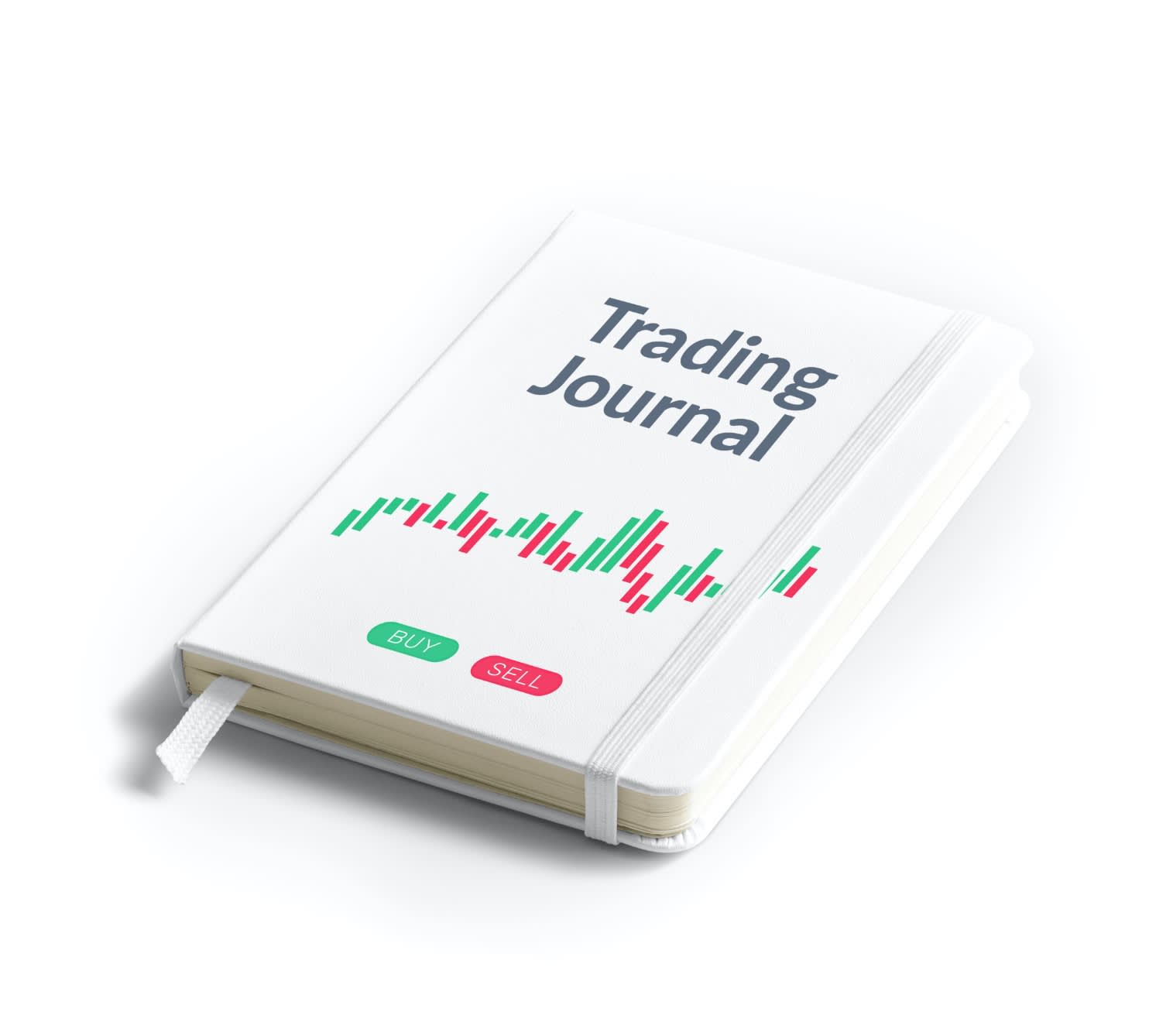CFD trading strategies to trade stocks, Forex and more

The overarching goal of engaging in CFD trading (contracts for difference) based on the price action in the stock markets, is to achieve a net profit. This can be from exiting a long (buy) position at a higher price or a short (sell) position at a lower price. That’s one of the convenient things about trading CFDs.
However, given that CFD trading is often highly leveraged, developing a sound and consistent trading strategy is paramount to mitigate risks in the financial markets.
The importance of having a proper trading plan and strategy
There is a reason why only a small percentage of CFD traders are profitable over the long-term. Without clear, defined trading strategies, it’s all too easy for retail investors to be active in the markets, putting their money firmly at risk. Without a trading plan, it’s simply impossible to know the markets to trade and the price to take a profit (or loss).There are several facets to any successful CFD trading strategy. Ultimately, any trading plan for retail investors must be a ‘SMART’ one. It must be Specific, Measurable, Achievable, Relevant and Time-Bound. This helps to define entry and exit points, as well as your risk Vs reward ratio.
Defining your risk from the outset is vital. Some CFD traders are more risk-averse than others. If you prefer a risk vs reward ratio that leans heavily towards the reward, it’s possible to lose the majority of your trades but still be profitable long-term. On the flip side, those who prefer a 50/50 risk-reward balance only need to be correct more than 50% of the time to be profitable too.
CFD strategies for the financial markets provide better discipline for your investments. It manages the mental pressure points that come with trading, managing positions and accepting losses as part and parcel of the industry. Put simply, without a strategy for your CFD trades, you are planning to fail.
80% of CFD trading is planning and 20% is executing your trading plan
- Specific - your plan should clearly define the instruments to trade
- Measurable - Your profit/loss should be easy to calculate
- Attainable - Your trading goals must be realistic
- Relevant - your plan should be aligned to trends in the markets
- Timed - your plan should be calculated for a specific period of time
Different types of CFD trading strategies
There are multiple trading styles you can adopt to potentially generate profits from the stock markets using CFDs. However, the best strategy for you might not be the best one for another new CFD trader. Ultimately, the four following CFD strategies have their pros and cons and may suit those with specific personality traits and/or lifestyles.
Swing trading
Swing trading involves taking positions on some of the biggest listed companies on the planet at both ends of the market movement. If you were confident that a share price will rise significantly over a short-term period, you would look to enter a long (buy) order as soon as possible and close the trade by entering a (sell) order as soon as the price move upwards reaches its ceiling. It’s a trading strategy underpinned by technical analysis of markets and graphs, as well as fundamental supply and demand.
Day and end-of-day trading
This particular CFD trading strategy is employed by retail investors looking to be active in the markets during the daytime i.e. when the stock markets across Europe and North America are open. Day trading sees traders take time-limited positions on stocks before closing them at the end of each trading day. They never leave themselves exposed overnight.
Those with less time to commit may wish to consider end-of-day trading too. It’s a good starting point for beginners as you can use both technical and fundamental indicators to determine the likely direction of the price when a market reopens the following day. Although, the focus isn’t always necessarily on stocks; a day’s trading can include trading CFDs in forex and other commodoties.
Scalping
Retail investors that scalp the CFD markets typically place short-term trades that are opened and closed within a matter of minutes, sometimes seconds. Scalpers attempt to earn small, consistent profits from each trade, accumulating steady growth with minimal risk. It’s one of the more disciplined CFD strategies, which suits more risk-averse traders.
You can’t expect huge profits from scalping, however, providing you abide by your exit strategy, you can avoid sizeable losses too. Scalpers usually aim to have their risk vs. reward ratio at around 1:1, though this is not always doable.
News-based trading
Ideal for retail investors that are yet to sharpen up their technical CFD trading skills, news-based trading strategies rely solely on fundamental factors that can influence the stock markets, as well as the forex markets. Fundamental CFD traders need to be perceptive and capable of understanding how certain news or press releases will affect certain stocks or, broader still, entire industries.
It’s possible that news-based trading will require you to leave positions open in the market overnight, making it important to utilise stop losses and take profit orders.
What's your Trading Style?
No matter the playing field, knowing your style is the first step to success.

What is the best CFD trading strategy?
Ultimately, there is not one overarching trading strategy that will yield consistent profits from your CFD trading. Each of the above trading styles can turn profits when the market conditions suit. It’s a good idea to keep a trading diary of the strategies you employ to monitor their profits and losses. This will help to define the trading styles that work best for your risk profile, personality and available capital long-term.

The 9 benefits of using a trading diary
- Discover which CFD trading systems work best for you
- Uncover your trading weaknesses to plug knowledge gaps and losses
- Discover which industries and stocks suit your trading style best
- Create incremental goals to grow your trading bank
- Ideal for paper-trading new strategies or systems risk-free
- Monitor stocks with high-growth potential
- Hold yourself accountable to every trade you execute
- Pinpoint scenarios where emotions cloud your trading judgment
- Eliminate your bad trading habits and improve your consistency
Specific CFD trading tips to employ from Day One
Ultimately, there is not one overarching trading strategy that will yield consistent profits from your CFD trading. Each of the above trading styles can turn profits when the market conditions suit. It’s a good idea to keep a trading diary of the strategies you employ to monitor their profits and losses. This will help to define the trading styles that work best for your risk profile, personality and available capital long-term.
- Decide how much you want to risk per trade
- Define what you are prepared to lose on a single trade in terms of a percentage of your trading bank.
- Don’t be afraid to start small
- CFD trading is wholly scalable. If you can’t turn a profit with a small trading bank, how can you expect to make a profit with thousands of pounds?
- Maintain realistic profit expectations
- Some trading strategies in the stock markets only require you to be right 30-40% of the time. You won’t make money with every trade.
- Accept losses are part and parcel of CFD trading
- If you are planning on taking CFD trading seriously, losses should be considered as nothing more than a business expense.
- Stick to your trading strategy
- Maintain your discipline and stick to your trading formula – don’t chase losses. Plan your trades and trade your plan.
Not investment advice. Past performance does not guarantee or predict future performance.
Do not stop learning about the financial markets
We’ve got a whole host of resources that are ready and waiting to educate newcomers to trading CFDs online, including:
- CFD trading account types
- Choose the trading account that suits your trading best
- CFD trading basics
- Learn the core principles of trading the financial markets using CFDs.
- CFD trading psychology
- Discover the five rules of thumb to mentally master the stock markets.
What is Forex trading?
Forex trading is the buying and selling of currencies on the foreign exchange market with the aim of making profit.Forex is the world's most-traded financial market, with transactions worth trillions of dollars taking place every day.
What are the benefits?
- Go long or short
- 24-hour trading
- High liquidity
- Constant opportunities
- Trade on leverage
- Wide range of FX pairs
How do I trade Forex?
- Decide how you'd like to trade Forex
- Learn how the Forex market works
- Open a Skilling CFD trading account
- Build a trading plan
- Choose a trading platform
- Open, monitor and close your first position










